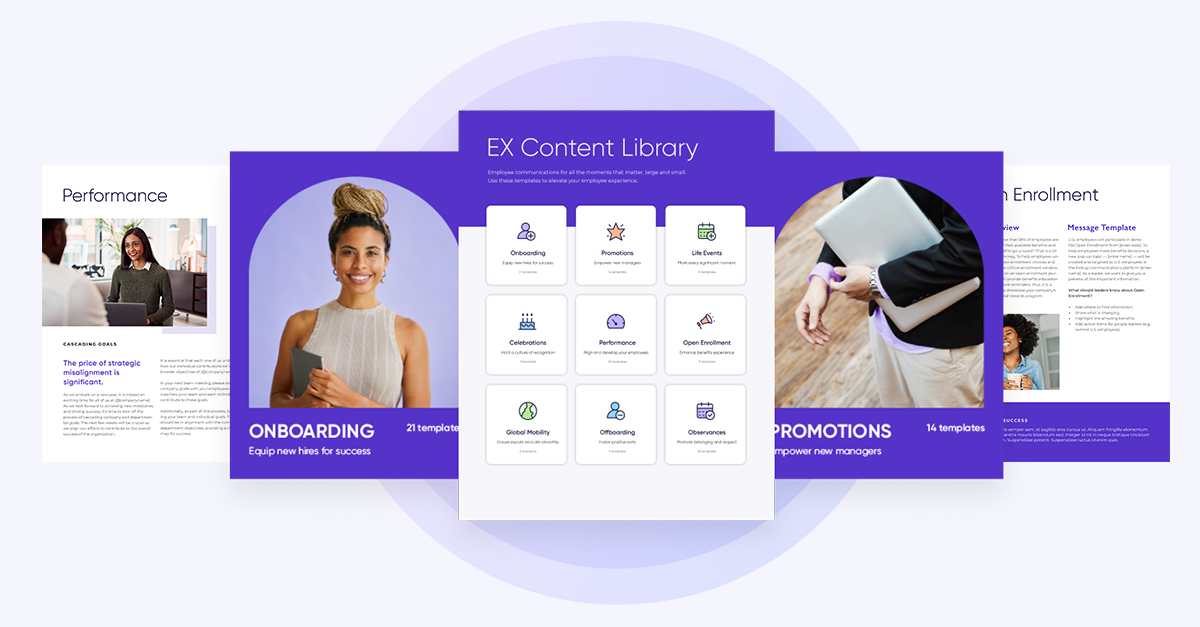Most days we forget about:
- Additional perks
- Recruiting and Hiring
- Training and development
- Performance management
- Termination and placement
- Intern programs
- Onboarding
- Community Service / Corporate Social Responsibility
- Charitable giving (matching) programs
- Shout-outs and internal recognition programs
- Etc. etc. etc.
The graph below depicts how employees typically think about the myriad of things Human Resources does. Approximately 80% of employee attention is given to compensation and benefits, and everything else HR is barely given our passing attention.
Does it matter?
We only think of these long tail HR issues when we need them. For things like onboarding and termination, that’s probably alright. But for many other things – when we need them is likely later than is ideal, and may be too late, such as:
- Training – By the time we’re in need of skills, we’re short on time to acquire them.
- Performance management – Rather than a once a year activity, this should be engaged in at least quarterly.
- Corporate Social Responsibility – Ideally this is considered and engaged in year round, instead of just around specific events or if the employee is especially interested in the underlying cause.
But the fundamental issue is the employee experience
We know the way an employee experiences their job, company and co-workers directly affect their motivation and morale, productivity and creativity, and overall retention and likelihood they encourage their friends to apply for jobs. A key contributor to employee experience is their usage/consumption of Human Resources programs and services. The more they use, the more engaged and productive they will be. And likely to stay at the company.
Another factor is the ROI on HR programs. In many cases, there are fixed costs around these programs. Even if they are minimally consumed, they will still cost the company money. This is the worst case scenario – a program is invested in, but reaps limited benefits.
Need more insight on how improve employee engagement? Read our new report which reveals 10 key takeaways from our 2018 Comms Effectiveness Survey.
Why does this happen?
There are many contributing factors, but the major one is communication. Employees don’t know about them. Or don’t remember them at the right time. Or do remember but too late, so the impact is minimized. Or do have a vague memory, but can’t find the original source of information.
Communication is the last mile of any organizational program or initiative. Yet many leaders fail to understand the importance of effective communication in ensuring success.
This is because communication isn’t easy. Employees are often hard to reach, especially if they are in a role that doesn’t put them at a desk, or requires them to work offline. Existing tools are difficult to use, and make it very difficult to create engaging, compelling communication. There are no tools that implement campaigns that target and repeat communication until the call-to-action is complete.
While there are mature platforms that enable this for marketers, there are limited options available for internal communicators.
This is the problem that companies like Firstup solve. We provide a platform, services, and expertise that will enable HR to cover the “last mile” of their programs. We help HR professionals at the world’s largest companies ensure employees know about everything HR does – in a timely and actionable manner.
To learn more about how we help Human Resources reach and engage every employee, schedule a demo today.





